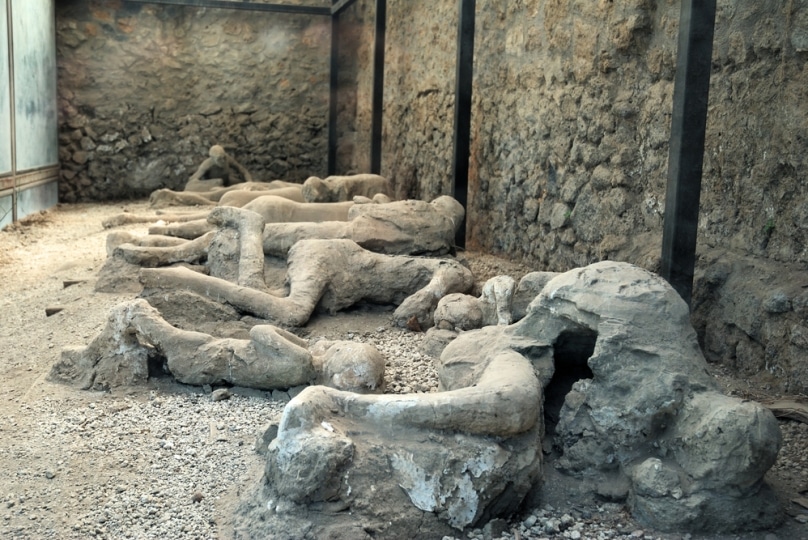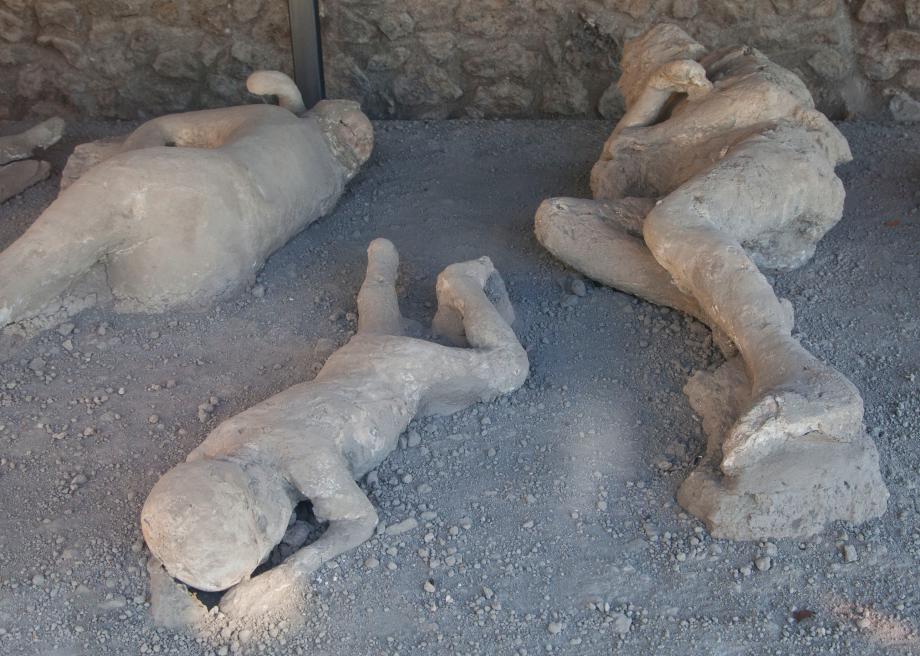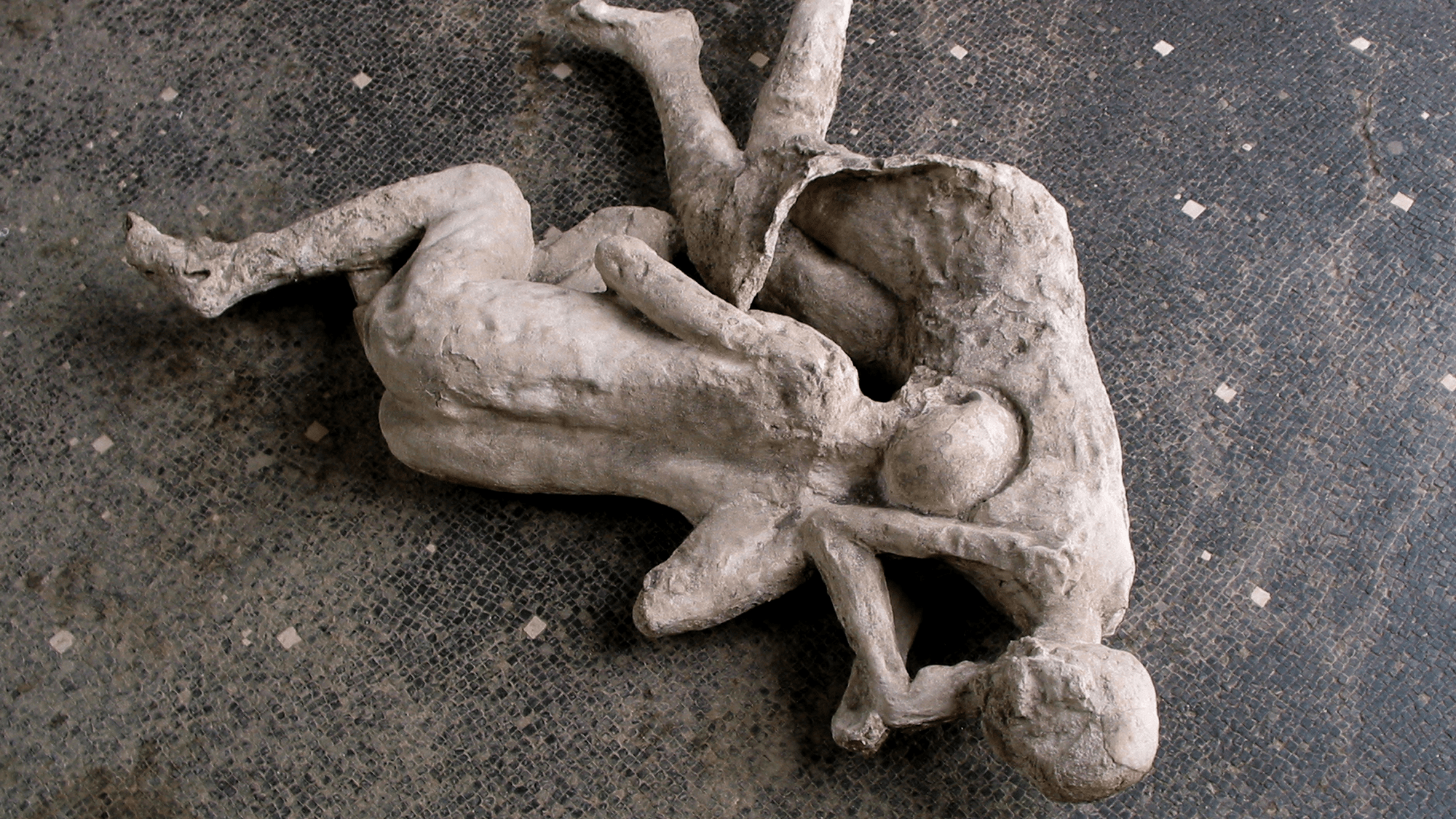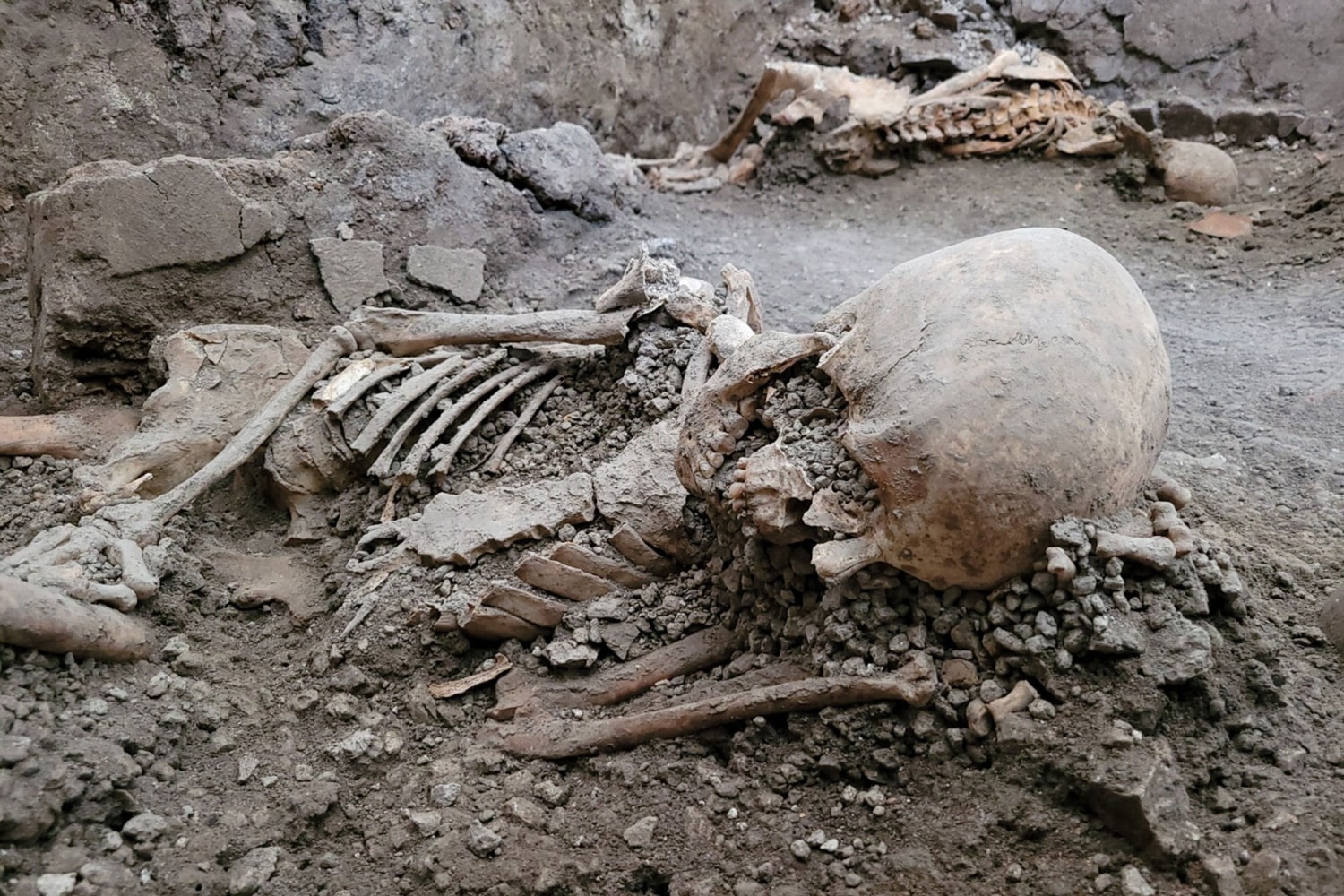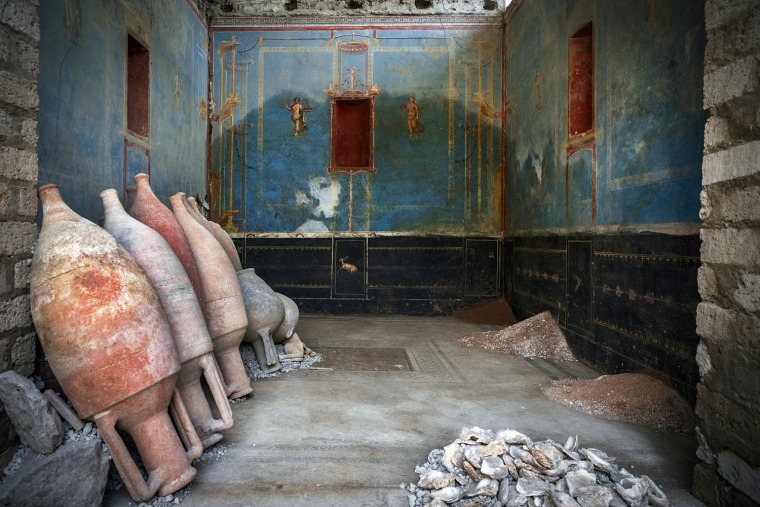Archaeological Discoveries in Pompeii
The systematic excavation of Pompeii began in 1748. What archaeologists found was an extraordinarily well-preserved city, providing invaluable insights into Roman urban planning, architecture, art, and daily life.
Among the most striking discoveries are the plaster casts of victims. As their bodies decomposed, they left cavities in the hardened ash. Archaeologists poured plaster into these voids, creating hauntingly accurate representations of the people and animals caught in the eruption.
Key sites include the Forum, the Amphitheater, the House of the Faun, the Villa of the Mysteries, and numerous shops, public baths, and private residences, all offering a unique window into the past.
